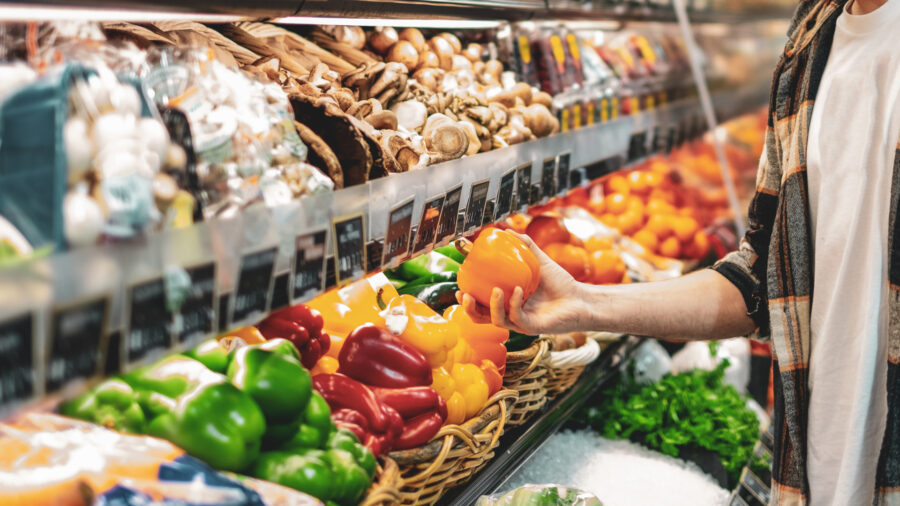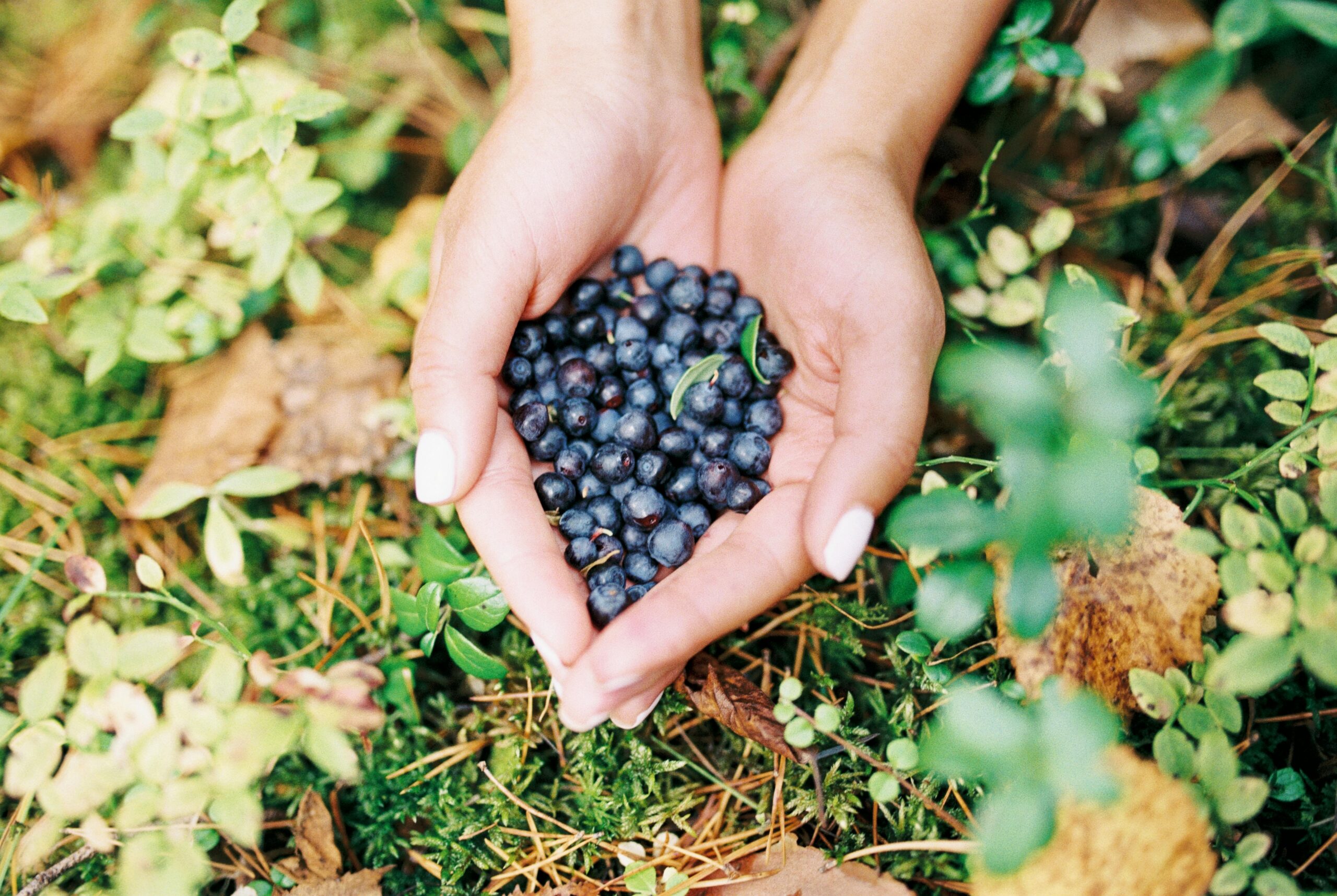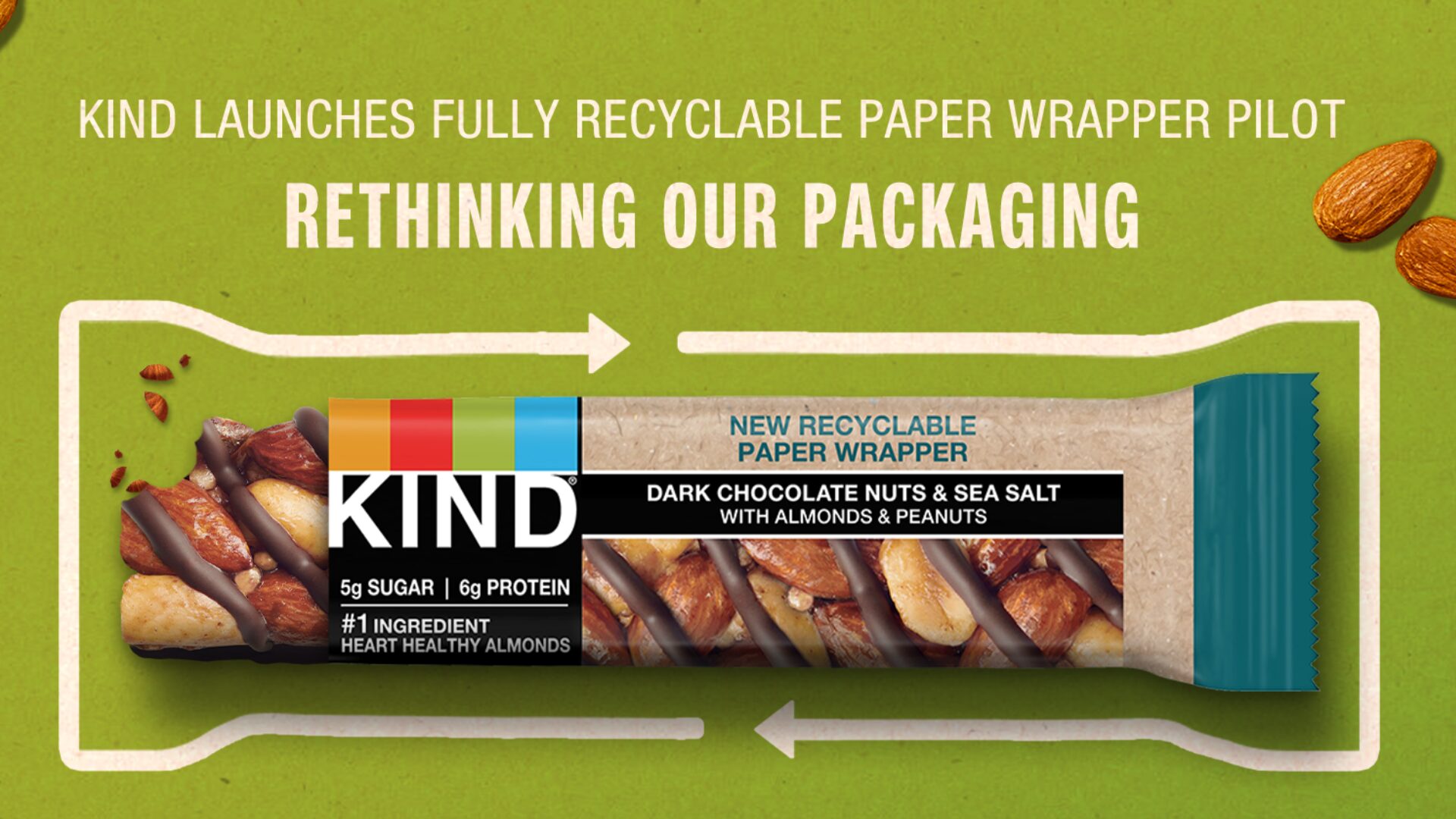The Latin American food landscape is evolving. The food industry is undergoing significant changes to meet the population´s demand – and to address current challenges.
In 2023 the world in general is being affected by the geopolitical instability that brings with it the economic slowdown and inflation. This has a direct impact on the way in which food is produced, distributed and consumed.
Listed below are the top three trends that are reshaping the food landscape in Latin America.
Inflation in Latin America
The economic recovery following the Covid-19 pandemic, geopolitical issues surrounding the war in Ukraine, the climate crisis, plus the recent global banking situation are the main causes of inflation growth. The projection of economic growth in Latin America according to the International Monetary Fund (IMF) is 1.6%. Likewise, the IMF in its report on world economic prospects predicts inflation to reach 13.3% later in 2023.
Due to this rise in prices of raw materials and other services for food production, the food industry has been forced to adapt and increase the prices of products. Consequently, the population modified their consumption habits; being more selective in the purchase of food and reducing their expenses – actions that directly affect the economic development of Latin America.
Because of this, the food industry in Latin America, together with public entities, must work to implement policies that guarantee price regulation by reducing speculation, as well as invest in development, research and innovation in the sector. Which brings us to the next trend.
Consumers Demand Functional Food
In the wake of the Covid-19 pandemic, consumption habits around the world have changed considerably. Currently, society is more conscious in their purchasing choices, looking for foods that not only contribute nutritionally, but also provide health benefits as well as a reduction in disease risk.
Thus, the food industry is betting on innovation, developing functional foods that provide desirable health benefits beyond basic nutrition, such as yogurts enriched with vitamin D and probiotics.
According to the StrategyR Global Industry Analysts report, the functional food and beverage market will reach $428.5 billion in 2030 and will focus mainly on dairy products, beverages, grains and cereals, and snacks. The demand for healthy and sustainable food is growing. The food industry in Latin America will also have the responsibility of being transparent and noting all ingredients used in each product, as well as their traceability.
Additionally, there’s a growing awareness of the environmental impact of food production, which has led to increased demand for sustainably produced food.
Sustainability Now a Necessity
Latin America is the region with the greatest biological diversity in the world, as confirmed in a report by the Food and Agriculture Organization of the U.N. Developing sustainable solutions to mitigate the impact of climate change is a considerable challenge for the food industry in Latin America.
That’s why implementing public policies in the food ecosystem is necessary to generate a positive impact on global biodiversity.
Encouraging the consumption of local products and raw materials and implementing technology to optimize resources are some of the actions the industry must take to combat climate change. For example, the implementation of technology in the development of vertical and regenerative agriculture is making it possible to obtain food more efficiently, lower production costs, avoid food waste and, consequently, generate a positive environmental impact.
Ultimately, the food industry in Latin America faces a major challenge in economic growth due to inflation. However, the crisis can create opportunities for innovation in productive development such as the creation of functional foods or the implementation of technology in agriculture.
Covering the demand with low costs and a high positive impact on health and the environment is no longer an alternative for the food industry, but a necessity for economic development and access to nutritious food for Latin Americans.











